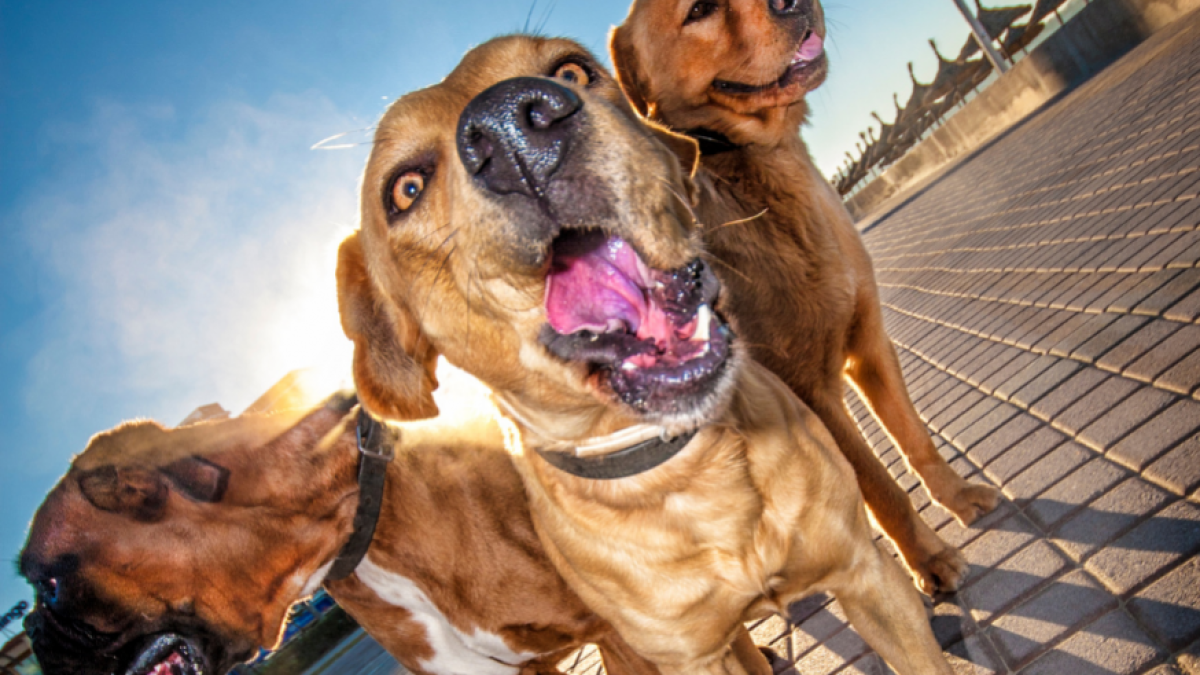From Chaos to Comfort: Surviving the Adolescent Dog Stage

Surviving the chaos of your dog's teenage years: why it feels so hard, how to thrive together, and why this fleeting stage builds lifelong bonds
From Chaos to Comfort: Surviving the Adolescent Dog Stage
Ever felt like all the hours spent training your puppy have vanished into thin air, replaced by a rebellious teenager in fur? Welcome to the adolescent dog stage—a phase that, while challenging, is entirely normal and brimming with opportunities for growth.
Why Is My Dog Acting Like This?
Much like human teenagers, adolescent dogs are navigating a whirlwind of changes. Their hormones are surging, their brains are busy rewiring, and they’re testing boundaries like pros. It can feel like their focus, recall, and even the simplest training cues have gone on a sudden holiday. Don’t worry—it’s not your training failing; it’s just their brain under construction.
This is also the time when breed-specific traits start to emerge. That Retriever might become obsessed with carrying items, or the Terrier could decide digging is their new life goal. Combined with a thirst for adventure, these traits often make adolescence both exasperating and entertaining.
Avoid Becoming the ‘Fun Police’
When your adolescent dog starts pushing boundaries, it’s easy to fall into the trap of nagging and repeating cues. But here’s the thing: dogs, much like humans, tune out when faced with constant “noise.” Repetition doesn’t reinforce your request; it teaches them that ignoring you is an option.
Instead, focus on preventing problem behaviours before they arise. Remember, practice makes permanent, not just perfect. A behaviour practiced repeatedly—good or bad—is what will stick. Investing in positive habits now is far easier than undoing issues later.
Connection, Not Perfection
Adolescent dogs can feel like they’re pushing you away with their antics. But just like our human teens, now is when they need us most. Support, understanding, and a solid connection will win the day. Celebrate the small wins, incorporate fun activities into your routine, and let training be a game rather than a chore.
The Chaotic Years
Let me share a personal example. At one point, I found myself in the thick of adolescent chaos with three (large!) dogs under 15 months old. One had been with us since she was 8 weeks old, one came to us as a 6-month-old foster we couldn’t let go, and another “failed foster” arrived at 15 months old. Combine that trio with our feisty three-year-old Terrier, and our home was a buzzing hive of adolescent energy.
Every day was an adventure filled with impromptu zoomies, selective hearing, and plenty of antics. It wasn’t always easy, but looking back almost a decade later, those same crazy teens are now like a comfortable pair of old slippers. We’re perfectly in tune, know each other inside out, and share an unbreakable bond. Those hectic, hazy days are a distant memory—proof that no stage lasts forever, even if it feels never-ending at the time.
The Rescue Factor
Did you know that most dogs surrendered to rescue are adolescents? This age group is particularly vulnerable because their behaviour often overwhelms unprepared owners. But with support, patience, and the right training, these dogs can thrive and become incredible companions.
A Silver Lining
Here’s the best news: the adolescent stage in dogs is far shorter than in humans. While teenagers may have us bracing ourselves for years, your canine companion will settle down within months. Stay the course, keep connecting, and remember: the chaos of today becomes the comfort of tomorrow.
Top Tips for Surviving Adolescence
- Stay consistent: Stick to routines, cues, and boundaries to provide security.
- Keep it fun: Engage their brains with new challenges like scent work, hoopers, or breed-specific activities.
- Celebrate the good: Reinforce positive moments, no matter how small.
If you’re navigating the rollercoaster of adolescent doghood, you don’t have to do it alone. Let’s turn those challenges into confidence—for both you and your dog!
 Joanne Smith
Joanne Smith 